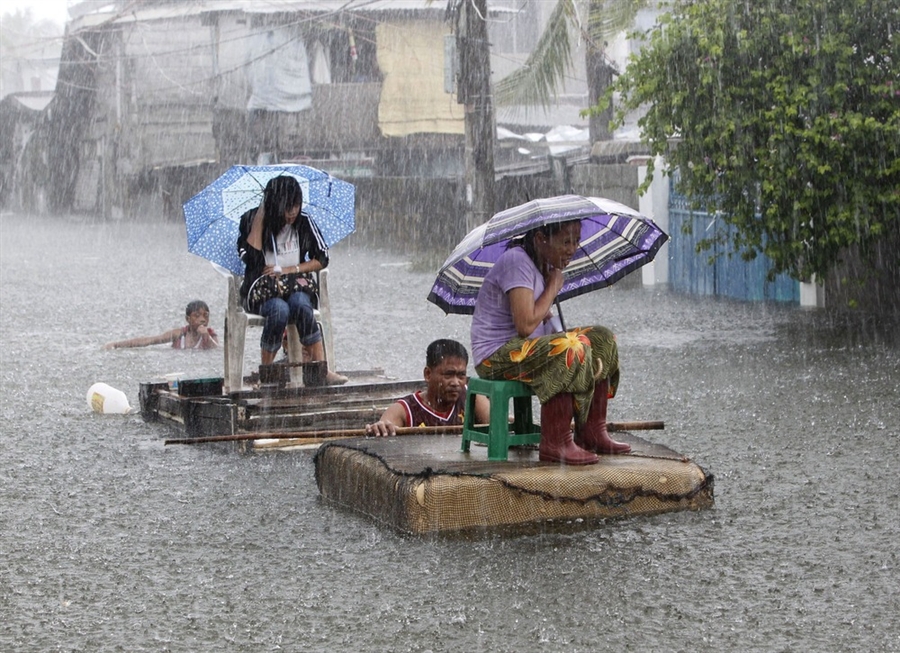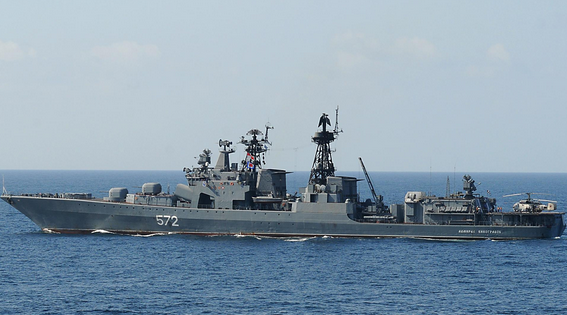When images of the destruction in the Philippines inflicted by Super Typhoon Haiyan were seen across the world, the international community demonstrated itstrue colours by rushing forward with generous offers of aid. The United States pledged $20-million, the United Kingdom promised $16-million, Japan $10-million, and Canada $5-million.
[captionpix align=”left” theme=”elegant” width=”300″ imgsrc=”http://natoassociation.ca/wp-content/uploads/2013/11/typhoon.jpg ” captiontext=”Photo: Filipinos brave the weather in the aftermath of Super Typhoon Haiyan: Courtesy of MSNBC”]
However China, the world’s second-largest economy, initially offered only a measly $100,000. This was until a storm of bad publicity forced Beijing to increase its donation to $1.6-million – still a substantially smaller donation than either IKEA’s or Coca-Cola’s contributions.
For China, that skimpy donation was an intentional means of showing its disapproval with the Philippines. The two countries have sparred repeatedly in the past year over tiny islands in the South China Sea, which both nations claim as their own. China has even gone so far as to stake its maritime claim by blocking Filipino fishermen from contested waters. In retaliation, the Philippines this year accepted a gift of naval vessels from China’s regional rival Japan, and invited the U.S. to reopen some bases that closed in the 1990s.
By choosing to use aid as a means of punishment, China missed an opportunity to win over hearts and minds, and soothe tensions with not only the Philippines, but the entire international community. In the end, however, the damage caused by China’s miserliness will likely be relatively small, but only because most countries in the region already have a negative view of China an opinion that is not likely to change any time soon.




